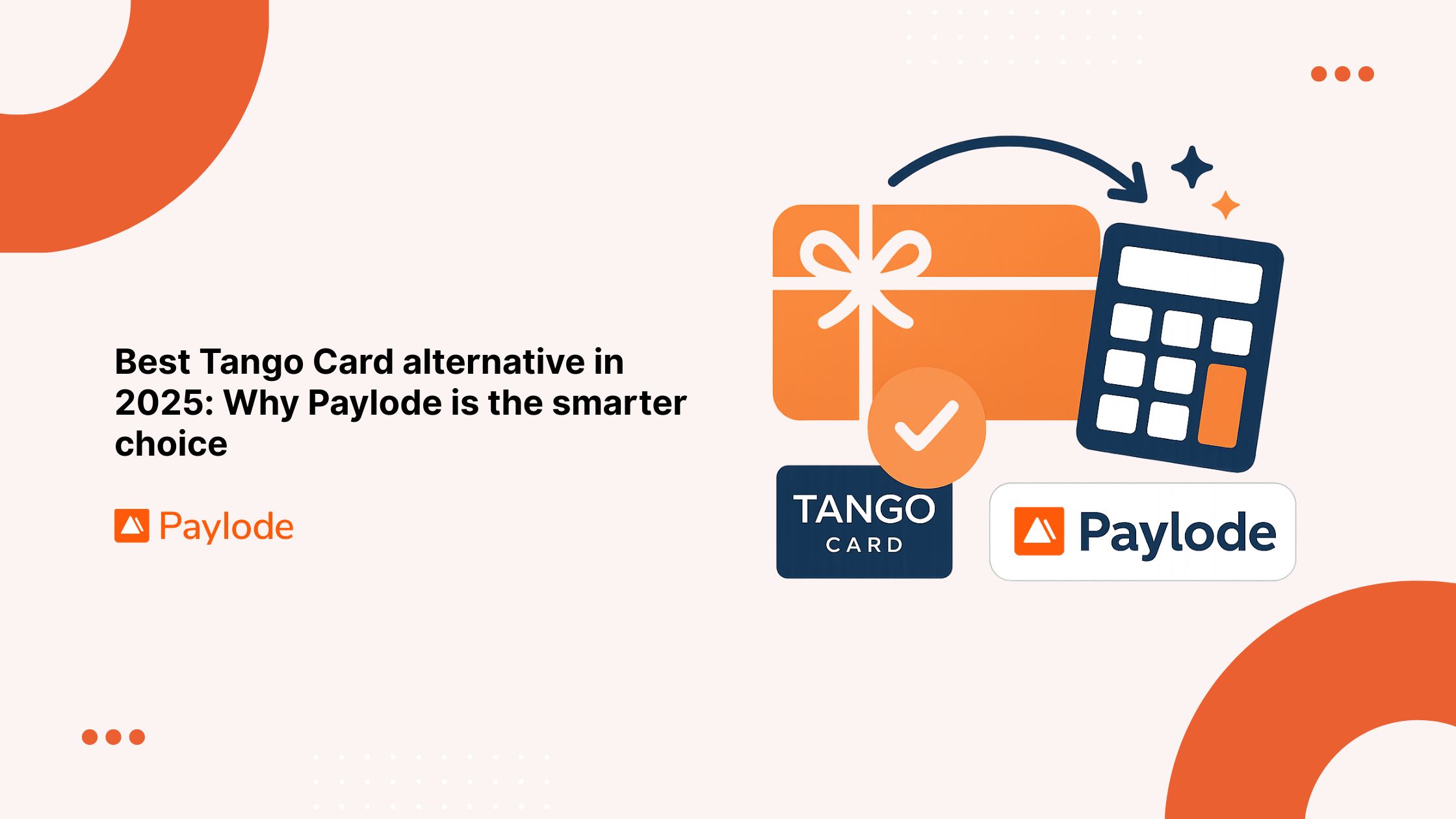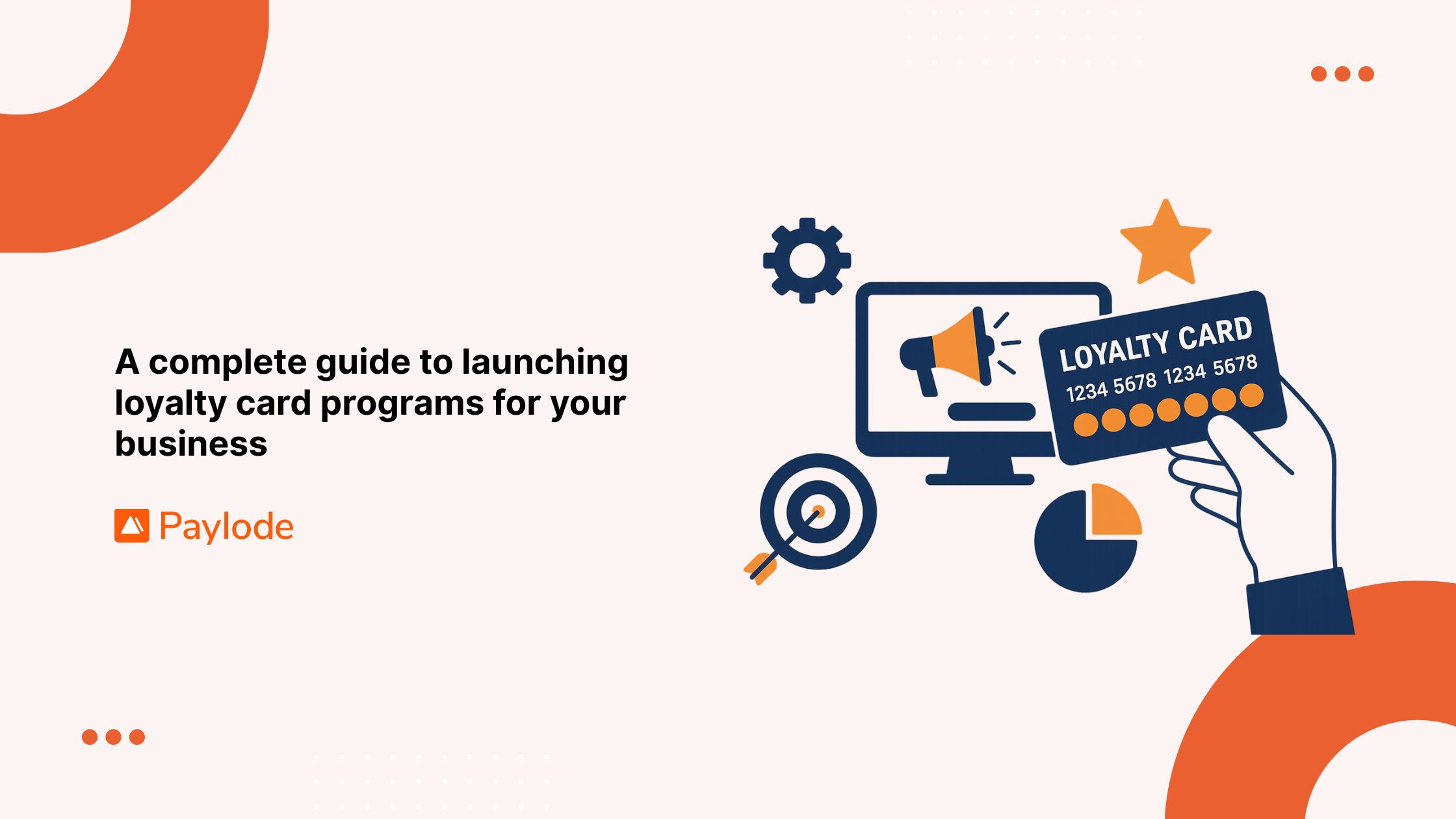In the world of business, customer retention programs are essential for sustainable success. While gaining new customers is vital for growth, retaining existing customers is often more efficient and beneficial for a company's bottom line. By focusing on solid customer retention strategies, businesses can ensure long-term profitability, stability, and customer loyalty.
Key takeaways
- Cost Efficiency: Retaining existing customers is significantly more cost-effective compared to acquiring new ones.
- Increased Profitability: Existing customers tend to spend more and generate higher lifetime value.
- Customer Loyalty and Advocacy: Satisfied, loyal customers are more likely to act as brand advocates, providing valuable word-of-mouth marketing.
The high cost of acquiring new customers
Acquiring new customers is an imperative aspect of business growth, but it comes with considerable costs. Several factors contribute to these costs:
Marketing and advertising expenses
To attract new customers, businesses often invest heavily in marketing and advertising. This can include digital marketing campaigns, social media promotions, pay-per-click (PPC) advertising, and traditional advertising methods like TV and print ads. These expenses can quickly add up, straining budgets and resources. For a deeper dive into these costs, read our article on Customer retention cost: How to find yours (+12 improvement tips).
Sales and onboarding costs
Beyond marketing, the sales process to convert prospects into paying customers can be lengthy and resource-intensive. Sales teams spend time and effort nurturing leads, conducting presentations, and negotiating deals. Once a sale is made, there are additional costs associated with onboarding and training new customers to ensure they can effectively use the product or service.
Competitive pricing and discounts
In competitive markets, businesses may have to offer significant discounts or incentives to attract new customers. While these tactics can be effective, they can also erode profit margins and reduce the overall lifetime value of the customer.
The economic advantage of customer retention
Retaining existing customers, on the other hand, presents a more cost-effective and profitable approach. Various studies have shown that increasing customer retention rates by as little as 5% can boost profits by 25% to 95%. Here's why:
Lower costs
The costs associated with retaining existing customers are usually much lower than those for acquiring new ones. Existing customers are already familiar with the brand, products, and services, reducing the need for extensive marketing and sales efforts. Moreover, the costs of maintaining relationships through loyalty programs, personalized communications, and regular engagement are typically minor compared to acquisition costs. Learn more about customer retention in our piece What is customer retention and why is it worthwhile?.
Higher customer lifetime value
Existing customers have a higher customer lifetime value (CLV) because they are more likely to make repeat purchases, spend more per transaction, and try new products or services from the brand. Satisfied customers are also less price-sensitive, meaning businesses can maintain better profit margins.
Advocacy and referrals
Loyal customers can become powerful brand advocates. They are more likely to refer friends and family, leave positive reviews, and share their experiences on social media. This kind of organic, word-of-mouth marketing is not only cost-effective but also highly credible, leading to increased trust and new customer acquisition at a fraction of the cost. For further reading, check out Customer loyalty: It ain't dead + 5 unique strategies.
Effective customer retention programs
Implementing robust customer retention programs is crucial for capitalizing on these benefits. Here are some key strategies:
Personalized customer engagement
Personalization is a powerful tool in customer retention. By leveraging customer data and analytics, businesses can create personalized experiences that foster loyalty. This can include tailored product recommendations, personalized email campaigns, and targeted promotions based on individual customer preferences and behavior.
Loyalty programs
Loyalty programs incentivize repeat purchases and brand loyalty. Rewarding customers with points, discounts, or exclusive access to products and events encourages them to continue engaging with the brand. Effective loyalty programs also collect valuable data on customer preferences and buying habits, allowing for further personalization. For more on this, read 2024 customer loyalty programs examples.
Exceptional customer service
Providing exceptional customer service is a cornerstone of customer retention. Customers who feel valued and well-supported are more likely to remain loyal. This involves training staff to handle queries and complaints efficiently, offering multiple channels of communication, and ensuring timely resolution of issues.
Regular communication
Maintaining regular communication with customers helps keep the brand top-of-mind and fosters a sense of connection. This can be achieved through newsletters, social media engagement, and personalized follow-ups. Sharing relevant content, updates, and special offers keeps customers engaged and informed.
Feedback and improvement
Actively seeking and acting on customer feedback shows that a business values its customers' opinions and is committed to continuous improvement. Regular surveys, feedback forms, and direct engagement can provide insights into customer satisfaction and areas for enhancement. Addressing concerns and implementing suggested improvements can significantly boost customer loyalty.
Measuring the success of retention programs
To ensure that customer retention programs are effective, businesses must regularly measure and analyze their impact. Key metrics to monitor include:
Customer retention rate
This metric indicates the percentage of customers who continue to do business with a company over a specific period. A high retention rate suggests that the business is successfully maintaining customer loyalty. For more insights, see Calculating retention rate simplified (+ 5 Ways to Boost It).
Customer lifetime value (CLV)
CLV measures the total revenue a business can expect from a single customer over their entire relationship. A rising CLV indicates that customers are staying longer and spending more, which is a positive sign for retention efforts.
Net promoter score (NPS)
NPS gauges customer satisfaction and loyalty by asking how likely customers are to recommend the business to others. High NPS scores indicate strong customer loyalty and advocacy.
Churn rate
The churn rate measures the percentage of customers who stop doing business with a company during a given period. A declining churn rate indicates successful retention strategies.
Challenges in customer retention
Despite the clear benefits of customer retention, businesses can face challenges in implementing effective retention programs:
Data management
Collecting, analyzing, and utilizing customer data for personalization can be complex. Ensuring data accuracy, privacy, and security is crucial for building trust and delivering personalized experiences.
Keeping engagement fresh
Maintaining customer engagement over time requires innovation and creativity. Businesses must continually update their strategies to keep up with changing customer preferences and market trends.
Balancing acquisition and retention
While retention is crucial, businesses must also continue to acquire new customers to grow. Finding the right balance between acquisition and retention efforts is essential for sustained success.
The importance of customer retention programs
Customer retention programs are indispensable for any business aiming for long-term success. The cost of acquiring new customers is significantly higher than retaining existing ones, making retention a more cost-effective strategy. By focusing on personalized engagement, loyalty programs, exceptional customer service, and regular communication, businesses can build strong, lasting relationships with their customers. Measuring the success of these programs through key metrics ensures continuous improvement and sustained profitability.
FAQs about customer retention programs
What is the primary goal of a customer retention program?
The primary goal of a customer retention program is to increase the number of repeat customers and enhance customer loyalty, thereby maximizing the customer lifetime value and ensuring long-term business profitability.
Why is customer retention more cost-effective than customer acquisition?
Customer retention is more cost-effective because it requires fewer marketing and sales resources to maintain relationships with existing customers compared to the significant investment needed to attract and convert new customers.
How can businesses measure the success of their customer retention programs?
Businesses can measure the success of their customer retention programs through metrics such as customer retention rate, customer lifetime value (CLV), net promoter score (NPS), and churn rate. These metrics provide insights into customer loyalty and the effectiveness of retention strategies.
What are some effective strategies for customer retention?
Effective strategies for customer retention include personalized customer engagement, loyalty programs, exceptional customer service, regular communication, and actively seeking and acting on customer feedback.
What challenges do businesses face in implementing customer retention programs?
Businesses may face challenges such as data management complexities, keeping engagement fresh, and balancing between customer acquisition and retention efforts. Addressing these challenges requires strategic planning and continuous adaptation to changing customer needs and market conditions.



